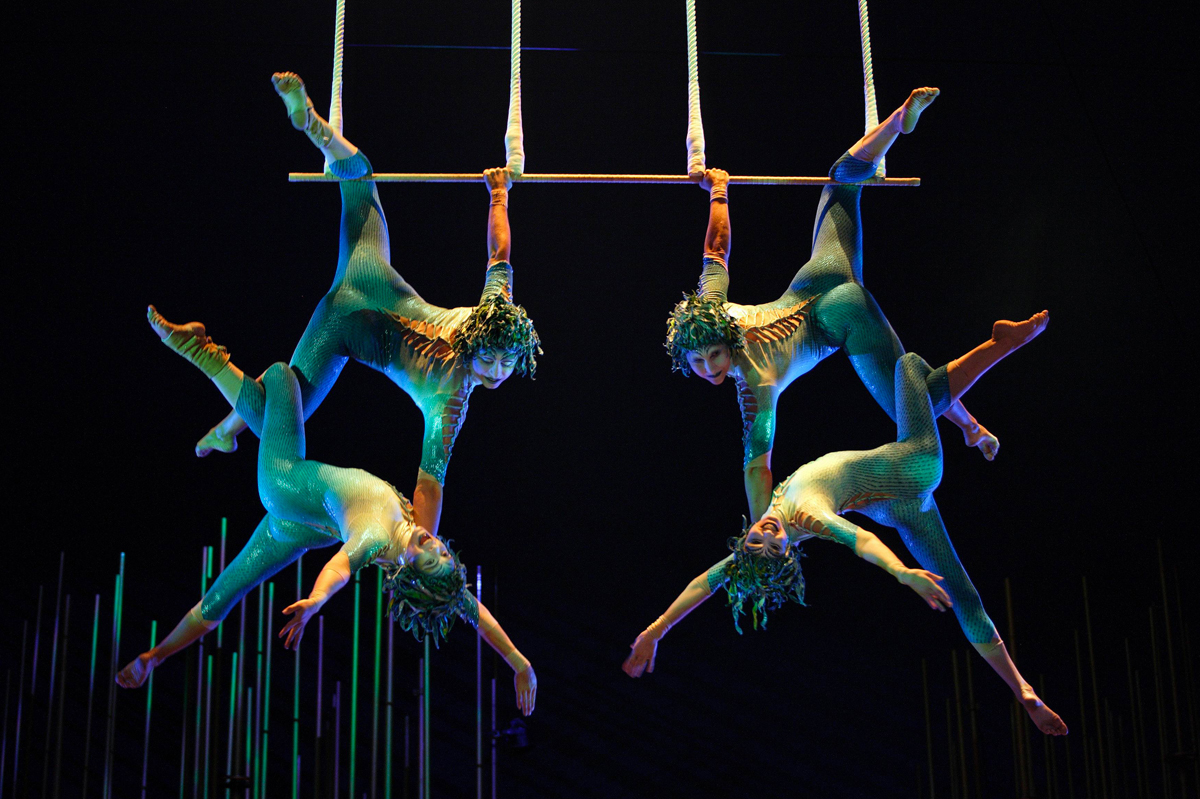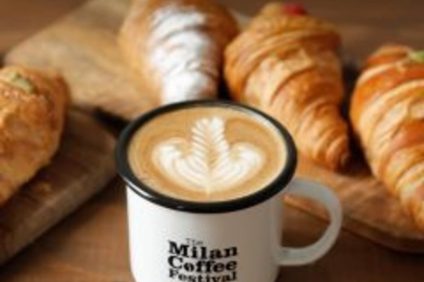Something about circus performers ...
He has always fascinated us and continues to make us dream. The circus is one of the most artistic human expressions in history ever.
Its colors and its musicality have been enchanting for generations. To the point of identifying the circus performers as figures linked to magic. Balance and complicity are elements that unite the main structure of the circus and are the same ingredients that intrigue us.
The circus performers seem linked not only by their knowledge in the artistic field and by the physical ability which then makes them spectacular. But also from a strong bond of empathy.
Clowns, equilibrists and jugglers are certainly the first to have the sensitivity to perceive the taste of the audience and transmit it with the union of the performers.
The origin of the Italian circus and foreign influences
The circus has very ancient origins in Italy. Even if it represented a completely different scenario from what is proposed to us today. It was a race with horses, a kind of palio that saw these run in a circular direction. For this reason it is then identified as a "circus" having Latin etymology.
Experiencing its blossoming in the Italian capital, it then followed a path with different European influences. This is due to the wandering artistic spirit that allowed them to broaden their knowledge. And thus get in touch with new lifestyles and new learning methods.
The circus performers thus gradually become nomadic figures cloaked in melancholy. Which find their serenity by exhibiting and showing what the mind and the human body are capable of doing.
Yes, because sometimes we forget that the performers are normal human beings. And magical gifts are attributed to him that lead us to think about the impossibility of some physical achievements and more.
Circus animals and public opinion
Although widely contested, the circuses that decide to perform shows with animals is the one that is the most popular. In fact, in the collective imagination it is much easier to connect the circus to an elephant in equilibrium guided by its "tamer".
This is a scenario that is proposed to us from Eastern Europe, where circus performers used to usually perform with animals and accompanying them during their travels. These modalities immediately made an arrow in the hearts of the Italians. Especially in the northern area, which soon adopted the same methods to enchant spectators.
This is different from what we have seen today. Public opinion is unleashed there are many controversial ideas of which most point to the protection of animals. Many times we have seen scenes of suffering and caged animals. Forced to carry out their existence in an unnatural way. The use of poisons has even been hypothesized to be able to domesticate and manage wild animals which are often given an aggressive label.
For this reason, today, with the help of various legal regulations, we try to limit the contribution of animals within the circus, or at least within a certain category.
Schools, festivals and museums of the Italian circus
The oldest circus school in Italy is located in Verona. Although it is one of the first in Italy, it was born only in 1988. Every year it sees many registrations of children between eight and sixteen who have the desire to return to the circus world. But very often few are the valid emerging ones who manage to make their dreams come true by establishing themselves in prestigious circuses.
There is also the circus school near Turin, the circus maximus in Rome and the Roman circus school. In fact today it is, although it is a highly sought-after art, it seems that there is less severity in the selection as regards learning this way of doing entertainment.
The schools are also closely linked to the most important Italian festivals. That is the International Festival of Monte Carlo and the International Circus Festival of the city of Latina.
The circus schools also make available to their students some ancient texts, dating back to 1700, which are currently in the Veronese museum.
http://www.jugglingmagazine.it/new/index.php?id=286





